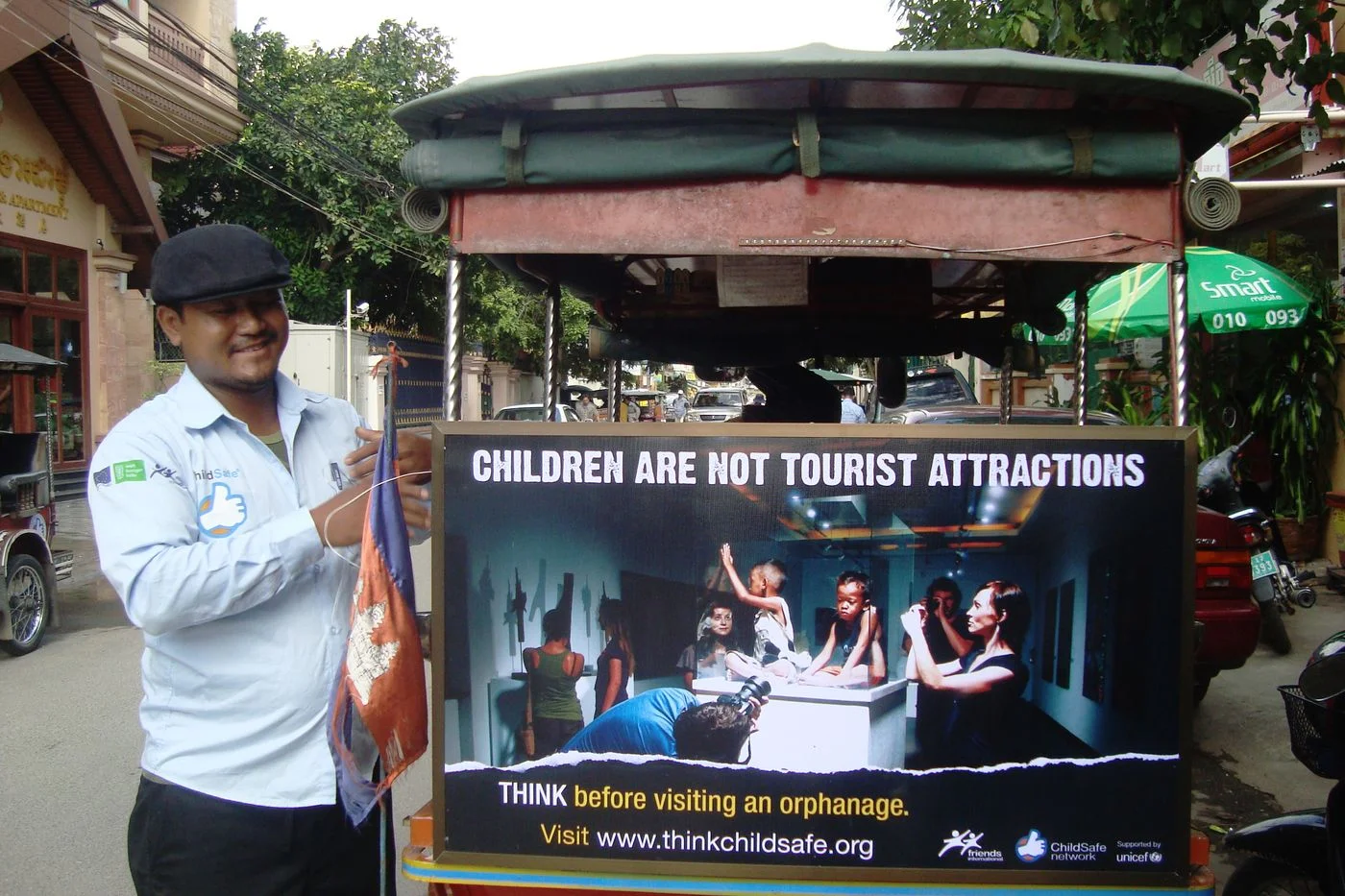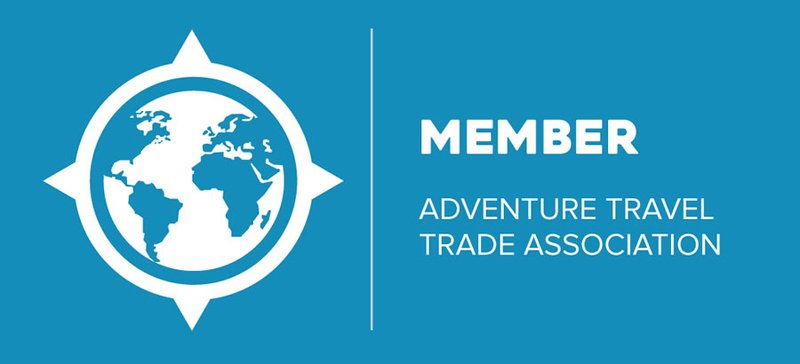You’re seated at a cozy outdoor restaurant, enjoying the balmy night air, the sizzle of a mouthwatering meal coming your way, and listening to the bustle and chatter of a foreign place. Just as your food is served, an adorable little girl who can’t be more than six comes up to you with a tangle of hand-made bracelets. “Good price!” she pleads, pushing the goods on your lap. You hesitate. What to do?
For travelers, this is a far-too-common occurrence and can be unnerving on a moral and ethical level. Whether it’s chiclets in South America, cut up jackfruit in SE Asia, or hand-carved necklaces in southern Africa, the roots of the problem are the same: poverty, unemployment, lack of governmental infrastructure, and – unbeknownst to many – good intentions backfiring.
We reached out to our trusted community partner, Friends International in Cambodia, for a better understanding of the underlying issues and tips on how to handle situations like these. “The phrase I hear most often when presenting orphanage tourism and voluntourism issues to visiting groups, including tour groups, is ‘I didn’t know,’” says James Sutherland, the International Communications Coordinator at Friends. This is why they created the ChildSafe Movement and Good Practice Guidelines for the travel industry. Here are 5 key tips from ChildSafe, adapted from their 7 Tips for Travelers, along with additional insight from James:
Watch the campaign video here.
1. Children are not tourist attractions – let’s not treat them like they are.
Cambodia in particular has a problem in this area in the form of orphanages and exploitation of children in care institutions. Basically, we saw a boom in the number of orphanages over a decade from 2005 that mirrored the huge growth in tourism. From research that we and our partners undertook we saw that tourist groups were being encouraged to visit orphanages and of course to donate when there or to set up fundraising initiatives to support the orphanage when they got back home. Most of these institutions had no child protection policies and allowed easy unsupervised access to children by anyone, and failed to provide adequate standards of care.
2. Most orphans are not orphans.
What the ‘orphanage tourists’ often didn’t know is that 80% of the children they were meeting were not orphans, but had living parents or families, and that often their donations were not helping them, but were being taken by unscrupulous directors for their personal benefit. Unfortunately a lack of capacity by the authorities had allowed unregulated orphanages to flourish, so alongside the Government and UNICEF we have been working to identify those children who have been placed into care unnecessarily due to pressure on their families, or a mistaken belief (propagated by the orphanages) that this was the ‘best option’ for their children, and to reintegrate them successfully with their families or into local family-based care.
3. Children pay the price for your generosity – don’t give to begging children.
Economic Support & Prevention program keeping families together.
It’s a similar situation when I talk about begging children, and why tourists should not give them money or buy flowers or books from them at night in bars and restaurants. Often visitors will talk of how they feel Cambodia is ‘different’ or ‘edgy,’ but the truth is these are just surface judgments or misguided preconceptions - Cambodian children have exactly the same rights as all of the world’s children; Cambodian parents care as much for their children as the majority of parents all over the world do, so it is important for us to ensure that visitors acknowledge that and behave appropriately in their interactions. Children should be in school, not selling on the streets, and buying from children de-incentivizes education and the childhood experience. When donations and relief efforts go directly to support families so that they can stay together, the parents can work, and the kids can be in school, that’s when sustainable change happens.
4. Volunteering is not always the best way to help.
Local Cambodian ChildSafe Agent
We urge travelers not to visit orphanages or care institutions, and to redirect their good intentions toward supporting organizations and social businesses that work to keep families together and keep children out of harmful care institutions. The truth is, locals should be the ones with face-to-face interactions with children because they are the ones who share the same culture and language. In fact, this is a very important part of our ethos – wherever we work, foreign staff do not interact directly with those we are supporting. Foreigners are there to provide technical support to our teams in the field.
5. Be a ChildSafe traveler
We have a number of campaigns including Children Are Not Tourist Attractions and Don’t Create More Orphans have been carefully designed to jolt people out of preconceptions and make them think about their actions. Overwhelmingly, visitors have good intentions in their actions, but we must work to guide those good intentions in the right direction, so we can actually protect children - together.
Want to get involved with Friends International? Learn more on their website here, or join us on our cycling trip from Siem Reap to Phnom Penh and meet them in person!










